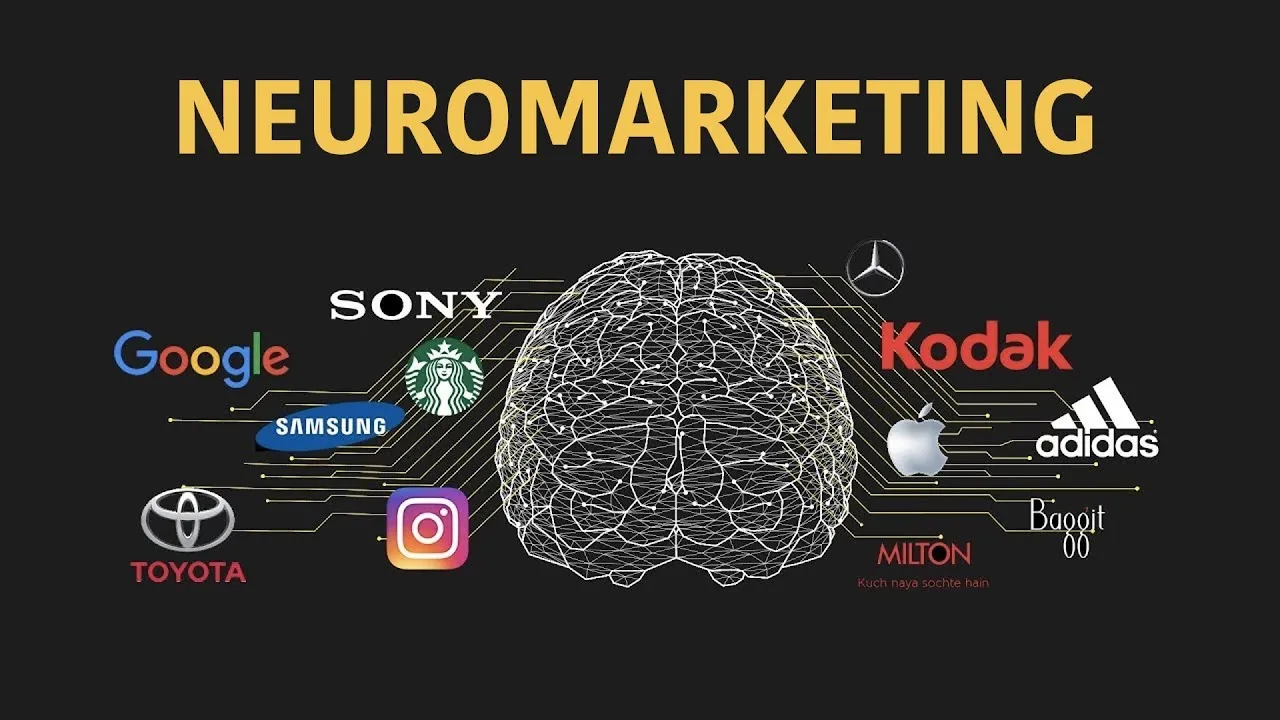Do people really have free will? It is quite a question to answer; literally, politically, as well as philosophically.
Here we are going to talk about our free will to choose products that we may or may not need in our lives. Today, our minds are ruled by advertisers. We think we are buying things consciously or that it is our decision to buy certain products or services, but it is not. Gerald Zaltman, author of “How Customers Think,” says 95 percent of our purchasing decisions are taken subconsciously.
Many years ago, companies ran into a problem: consumers had everything they needed. They purchased only those things that they needed for their survival. Sales started to go down as demand was lower than supply. So they came up with an idea to persuade people that they need more things. They came up with brands of all sorts. They started studying human brains and how they work.
This is called neuromarketing. It is the study of how the human brain responds to various marketing strategies and understands consumer behaviour patterns. How do we feel when we see a product or its packaging? How we respond to various colors, listen to specific music, or respond to a specific aroma. The scientists study the effects of various techniques for marketing a product on our brains.
We are drawn to the green colour on green tea packets and the brown or black colour on coffee packets. Red can be found on spice packets, energy drinks like Boost, the McDonald’s logo, and other items. The yellow colour in the IKEA logo represents comfort, positive energy, reliability, and professionalism.
We tend to like certain aromas, like the smell of popcorn in theatres or the aroma of coffee in cafes. They connect to us through music by playing soothing music in restaurants, high-pitched music in bars, etc. They even discovered that matte-finished covers are more appealing than shiny ones. These are all marketing techniques.
There was a time when movie theatres were just about movies. Now they are much more. The theatre earns much more on food and beverages. How did it start?
In 1957, James Vicary conducted an experiment. He interspersed 0.3-second flashes of “Drink Coca-Cola” or “Hungry? Eat Popcorn” between the films. It did work; the sales of popcorn and Coca-Cola went up.
Subliminal advertising is the use of intentional messaging, sounds, or visuals to convey a specific message across any medium.
Earlier women’s jeans did not have any pockets. Even if they had any, they were very small, just for name’s sake. The reason was that if they had pockets, they would not spend on wallets and purses. So brands came up with this strategy and came out with designer purses and bags.
When you visit supermarkets, you will notice that the things you need are kept at the end. In the entrance, you will see all the things you do not need but will be tempted to buy, like chocolates, biscuits, snacks, etc.
Marketing tactics control us. Social media platforms make most of their money through advertising. They are millionaires because we are naive. It happens many times that we talk about a certain product or text about it, we get their ads on Facebook, Instagram, or Youtube. Their algorithm monitors our every action, which posts we like, which content we follow, or the time we spend on a certain post etc.
Neuroscientists use brain scans to measure brain activity. FMRI (functional magnetic resonance imaging) and ECG (electroencephalogram). They monitor how a person’s reaction changes when they see a certain product, its color, or its packaging. The heart rate is also measured, behavior analysis is done, and eyeball movements are captured to see how people react to certain products. They check the level of oxytocin released for different products.
There are many strategies used by marketers to keep the audience hooked. Nike ads often tell meaningful stories, making them inspirational like their motto, “Just do it.” It connects with the audience on an emotional level. “Darr ke agee jeet hai,” says the mountain dew motoo. It connects with youngsters, resonating with confidence and fearlessness. Instead of being effective or scaring them, the warning message on cigarettes creates cravings for some of the smokers.
Advertising firms manipulate our perceptions of fairness in order to sell their fairness products. They made us believe that smooth, shiny hair without dandruff was normal and coaxed us into buying a lot of hair care products with a lot of chemicals in them.
We relate to the price of 999 rupees more; it feels less than 1000 and thus less expensive. If the value is 1001, we feel it is above 1000. It is called a “cost leadership strategy.”
Some brands, like Zara, create limited availability products. They make their regular produce but showcase it as limited so that customers buy it urgently.
Capitalism has consumed itself to the point where there is no going back. It rules us now, and we don’t realize it. It has been ruling us since time immemorial. It’s not our decision anymore about how we live our lives. We are constantly being manipulated by companies for their benefit. This is also one of the reasons for economic inequality.
It also affects the environment in a negative way. The waste created by the innumerable products and the production pollution are made for profit by companies by manipulating the common mass.
If we practise minimalism, i.e., use only things we need, reduce waste, and try to live a healthy, natural life, maybe we can defeat capitalist advertisements. But it sounds more utopian than realistic.





